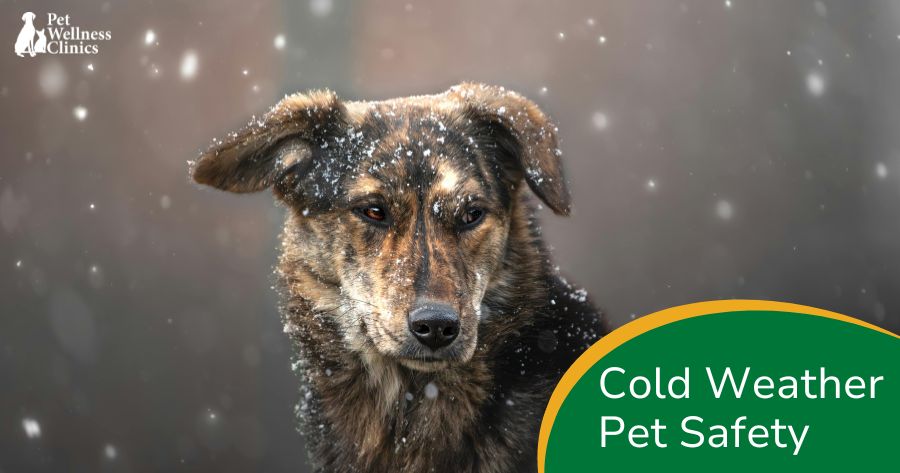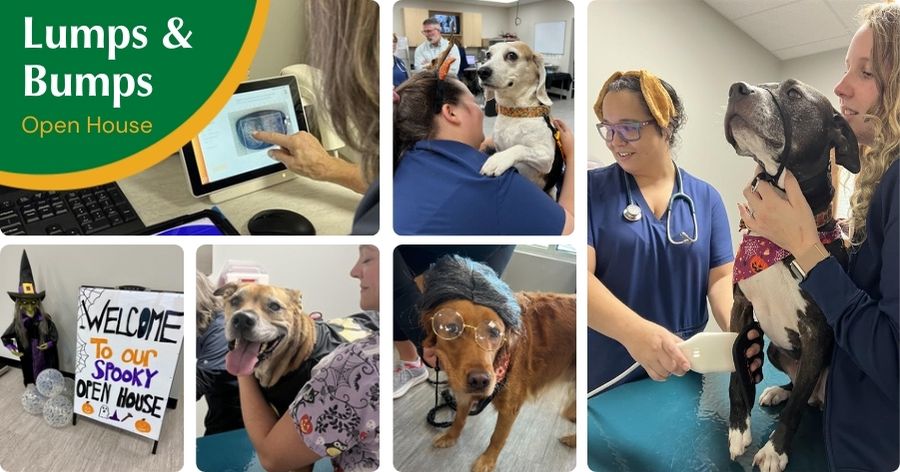As a pet owner, fleas can be one of the most irritating parasites, especially in the warm summer months. In warmer months, fleas can almost always find a way to hitch a ride on your pet and infiltrate your home.
Once in your home, fleas make nests out of rugs, carpets, drapes, cracks in your hardwood floors, and bedding, making it almost impossible to find and eliminate the source of the infestation. Fortunately, with a little perseverance, these itchy pests can be extinguished from your dog and home.
Like most insects, fleas live out a life cycle, beginning as an egg, become larvae, next to a pupae, then an adult flea. When fleas make their way into your home, over 50% of the time, they are in their larval stage. Flea larvae create cocoons to live in, before developing into pupae, then adult fleas.
Adult fleas can stay in their cocoons for up to 5 months until vibrations or carbon dioxide awaken them. This means that you might think you’ve killed every visible flea in your house, but still have their cocoons living among you. With that being said, the best flea treatment requires rigorous management, prevention, and sanitation to keep them from coming back.
Dogs can catch fleas almost anywhere. Flea eggs thrive in warm and humid weather. With that said, your dog is more likely to catch fleas outdoors near pools, creeks, or lakes. Your dog can also contract fleas in your own backyard, kennels, or the dog park.
It’s easy to check your yard for fleas and treat your yard accordingly. It’s a little harder to determine if a dog park or dog run is the source of your flea infestation and giving up the dog park due to fleas might be difficult with high energy pups. If you suspect your dog park is infested with fleas, we recommend asking other dog owners at the park, if they are experiencing flea problems after the park.
Your dog can also catch fleas from other dogs and outdoor animals. A lot of rodents, birds, squirrels, deer, and many more animals can carry fleas. Your dog could even get fleas from your own home. Fleas are nature’s hitchhikers. Certain rodents, like mice, can bring fleas into your house, causing rampant infestations. Humans can also be the source of the infestation, as fleas like to hide in our clothes and shoes.
Have you noticed your dog itching, or maybe you think you’ve spotted some fleas jumping through your dog’s fur? There are a few ways to determine if your dog is infested or not. Start by looking for black flecks in your dog’s fur, as well as in his bedding. This “flea dirt” is the fecal matter from adult fleas. You can find “flea dirt” by running a flea comb through his fur, or you can put a white paper towel under your pet, while rubbing your hand across the fur. If black specks flake off onto the towel, there’s a good chance that it’s “flea dirt,” and your dog has fleas.
If you’re still unsure if your dog is infested with fleas, you can take him to the vet. We will examine your dog and offer suggestions for proper treatments to kill the adult fleas, eggs, and larvae. Chances are that once you discover fleas on your dog, your home will already be infected. You will know for sure that your house is infected when you start getting bit yourself.
Once you’ve discovered that your dog is infested with fleas, there are multiple steps involved in successfully treating a flea infestation on your dog and in your home. Killing every single flea and their larvae in an infestation can take up to 3 months, making it more of a process than a onetime treatment:
The easiest way to prevent infestations and kill adult fleas on your dog is by treating your pet with a product that not only kills adult fleas but also prevents eggs from hatching.
Not sure which products to use? Schedule an appointment with the experienced veterinarians at our Noblesville Pet Wellness Clinic, and we will help you find the right flea treatment for your dog’s size and breed. Call us today to learn more 317-830-0034.


